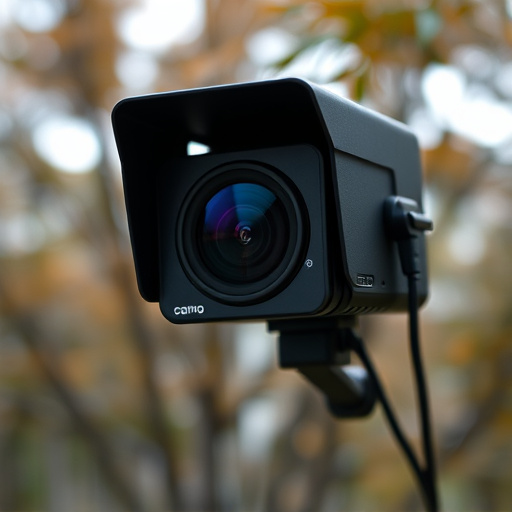Small hidden cameras designed for bedroom surveillance offer advanced, discreet features like HD video, motion detection, and night vision, enhancing personal security while maintaining aesthetics. To detect these cameras, meticulously examine objects for unusual shapes or visible lenses, use electromagnetic signal detectors, and look for visual and audio anomalies like irregular lighting or sounds. Staying vigilant and understanding common vulnerabilities can better protect your privacy in your bedroom.
Uncover the insidious world of small hidden cameras in your bedroom with our comprehensive guide. Learn how to detect these covert surveillance devices, understand their common placement locations and vulnerabilities, and arm yourself with effective techniques. From EMF detection tools to analyzing wireless network activity, we equip you with the knowledge to identify hidden camera signals. Additionally, discover prevention and countermeasures, including physical security barriers, signal jamming, and regular device audits, to protect your privacy in today’s digital era.
- Understanding Small Hidden Cameras for Bedroom Surveillance
- – Detecting covert cameras in your bedroom
- – Common placement locations and their vulnerabilities
Understanding Small Hidden Cameras for Bedroom Surveillance
Hidden cameras, especially their smaller variants designed for bedroom surveillance, have evolved to become sophisticated tools for personal security. These compact devices are often discreetly placed in everyday objects like clocks, smoke detectors, or even fake power outlets, making them nearly invisible to the naked eye. Their advanced features include HD video quality, motion detection, and night vision capabilities, ensuring you capture clear footage at all times.
When it comes to small hidden cameras for bedrooms, discretion is key. These cameras are tailored to blend seamlessly into your space, allowing you to monitor sensitive areas without compromising aesthetics. They provide a sense of security by enabling you to check on your belongings, ensure privacy, and even deter potential intruders. Understanding the unique features and placement options available in this category can empower individuals to take charge of their personal safety in an intimate setting.
– Detecting covert cameras in your bedroom
Detecting small hidden cameras in your bedroom requires a methodical approach, especially since these devices are designed to be nearly invisible. Start by examining the room with a critical eye, looking for any unusual or out-of-place objects. Small hidden cameras often take the form of everyday items like smoke detectors, light switches, or even decorative pieces. These devices might have a slightly different appearance, such as an irregular shape or a subtle camera lens visible through a tiny gap.
Use a professional signal detector to enhance your chances of picking up on these covert cameras. These tools can help you identify electromagnetic signals emitted by hidden cameras, which may not be easily detectable by the naked eye. By sweeping the room with the detector, you can pinpoint areas where cameras might be installed, allowing you to thoroughly check potential hiding spots and ensure your privacy is protected from small hidden cameras for your bedroom.
– Common placement locations and their vulnerabilities
Small hidden cameras, often disguised as everyday items, can be strategically placed in various locations to capture sensitive information. In a bedroom setting, these devices might be concealed behind pictures, clock radios, or even light switches. Such discreet placement makes it challenging to identify their presence, but understanding common vulnerabilities is key to detection.
Vulnerabilities associated with small hidden cameras in bedrooms include visual and audio distractions they may create, such as unusual lighting or sounds coming from the area. Regularly checking for any anomalies, like a faint glow or peculiar noises, could be an initial step towards identifying these devices. Additionally, examining equipment connections and power sources can help uncover hidden cameras, as some devices might require external power or data cables for operation.
When it comes to small hidden cameras for bedroom surveillance, being vigilant is key. By understanding common placement locations and leveraging advanced detection techniques, you can safeguard your privacy. Regularly inspect high-risk areas like corners, ceiling joints, and wall outlets, and consider employing specialized technology designed to uncover covert cameras. Remember that staying one step ahead of potential intruders is essential for maintaining a secure living space.
